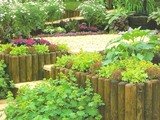|
Unusual Vegetables - Why Not Experiment With ThemUnusual vegetables can really add that unique look to your garden. When it comes to gardening, there are no rules for choosing vegetables to grow. All you have to do is to implement the proper timing and follow some easy guidelines. Sometimes as a gardener you may want to grow vegetables that are not commonly grown… Or… You may want to grow some really super-sized vegetables. There is nothing wrong with that as it’s good to apply some creativity in planting vegetables. We’re going to offer some examples of unusual vegetables, how to grow them and how you can be creative with them in your garden. So let’s start with a few examples… Asparagus Peas – these are easy to grow and can be grown straight from the seed. They come with red flowers and produce a bean like vegetable. Rhubarb – these like rich, moist soil and a location with some shade. Their plants come with a tropical looking appearance with some attractive stems. Be careful of the leaves though as they’re toxic. Celeriac and Swiss chard – are ideal and comes with a nice coloring appearance. 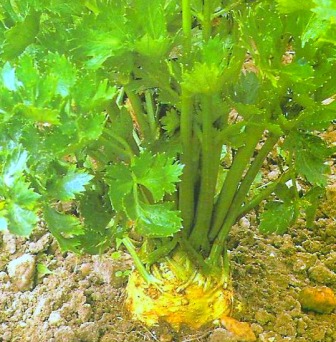
Unique Varieties of Commonly Grown Vegetables – can be included in your garden as well. Some examples are eggplants, purple broccoli and orange cauliflower. There is no doubt about adding that special zip when it comes to growing vegetables. How to Grow Unusual Vegetables
They also need lots of light exposure. The more light you provide the bigger they’ll grow. 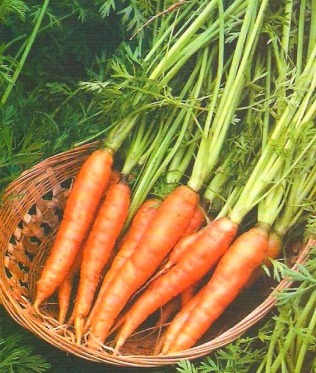 You can browse through some seed catalogs to help choose the varieties you want. 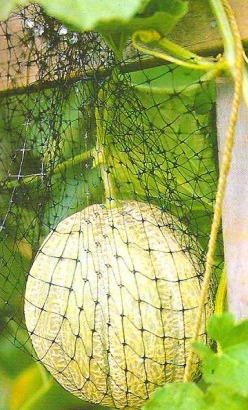 How to Be Creative with Unusual Vegetables in Your GardenYou can decorate your garden with some nice purple cauliflower. 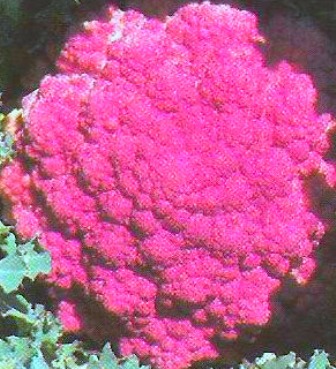 Plant a little at a time or plant them in containers. Their flowers are large and stand out very well especially after pruning. Cabbage is a common vegetable that produces some red varieties. 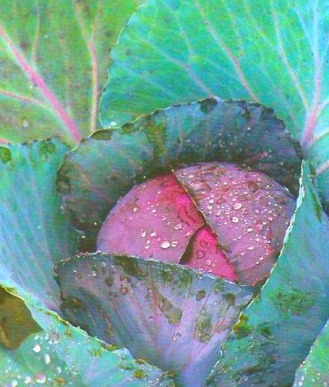 Pinch off the bottom leaves and see how beautiful they blossom when the leaves spread out. Lettuce leaves are great for decoration, protecting the ground or making a beautiful flower bed. So they make some really attractive garden features. 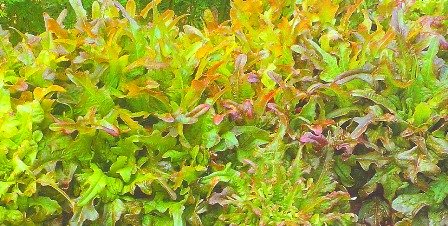 Broccoli can be planted as a border around your vegetables. The perfect location for planting is a sunny spot with some rich soil. It must be planted at about 10 inches apart during the March to June period.
What make unusual vegetables different are their size, shape and color. Adding them to your garden is a smart approach as they’re hard to find in groceries. A garden with some vegetables that are not seen in a typical one can be an excellent asset to have as a vegetable gardener.
Move from unusual vegetables to list of vegetables
OR
|









